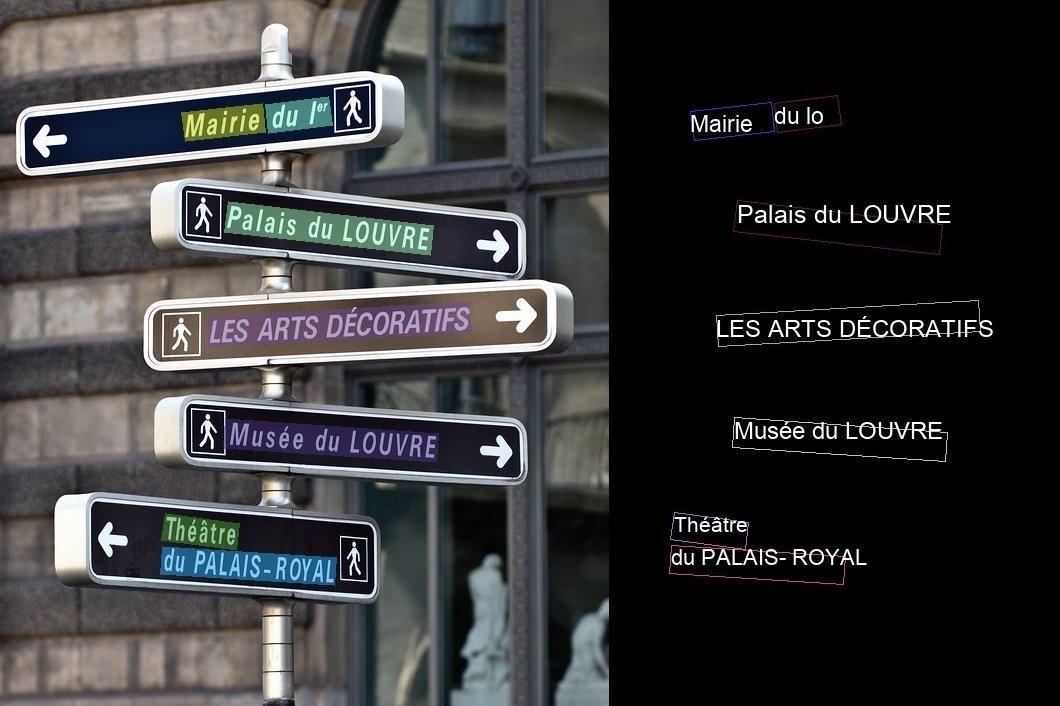In today’s digital age, where data is considered the new oil, extracting valuable information from images has become a crucial task for businesses across various industries. Optical Character Recognition (OCR) technology has been at the forefront of this endeavor, enabling the conversion of images containing text into machine-readable data. Over the years, OCR has witnessed significant advancements, revolutionizing the way businesses handle document processing, data extraction, and information retrieval. Let’s delve into the latest innovations and trends in OCR technology that are enhancing data extraction from images.
Evolution of OCR Technology
OCR technology has evolved tremendously since its inception, driven by advancements in artificial intelligence, machine learning, and computer vision. Early OCR systems were rudimentary and struggled with complex layouts, handwriting, and poor image quality. However, with the advent of deep learning algorithms and neural networks, modern OCR solutions have achieved remarkable accuracy and robustness.
Today, OCR systems employ sophisticated techniques such as convolutional neural networks (CNNs), recurrent neural networks (RNNs), and transformer-based models like BERT (Bidirectional Encoder Representations from Transformers). These models are trained on vast datasets containing diverse fonts, languages, and writing styles, enabling them to accurately recognize text from images with high precision.
Enhanced Data Extraction Capabilities
The latest OCR systems offer enhanced data extraction capabilities, allowing businesses to extract structured information from unstructured documents with unprecedented accuracy. Whether it’s invoices, receipts, forms, or handwritten notes, OCR can automatically parse through vast amounts of textual data, extracting key information such as names, dates, amounts, and addresses.
Moreover, OCR technology is now capable of understanding context and semantics, enabling it to accurately interpret complex documents with tables, graphs, and multi-column layouts. This capability is particularly beneficial for industries such as finance, healthcare, and legal, where documents often contain intricate structures and formats.
Integration with AI and Automation
One of the most significant advancements in OCR technology is its integration with artificial intelligence (AI) and automation tools. OCR-powered data extraction pipelines can be seamlessly integrated into existing workflows, enabling end-to-end automation of document processing tasks. This not only improves efficiency but also reduces manual errors and accelerates decision-making processes.
Furthermore, OCR systems can be augmented with machine learning algorithms for continuous improvement and adaptation to new document types and formats. By analyzing feedback and corrections provided by users, OCR models can refine their recognition capabilities over time, ensuring consistently high accuracy rates.
Cloud-Based OCR Services
Another trend shaping the landscape of OCR technology is the emergence of cloud-based OCR services. These services offer scalable and cost-effective solutions for businesses of all sizes, eliminating the need for complex infrastructure and hardware investments. Cloud-based OCR platforms provide APIs and SDKs that enable seamless integration with web and mobile applications, allowing developers to incorporate text extraction capabilities with minimal effort.
Moreover, cloud OCR services leverage the power of distributed computing and machine learning algorithms to deliver fast and accurate text recognition results. With on-demand scalability and pay-as-you-go pricing models, businesses can adapt their OCR resources according to fluctuating workloads and demands.
Conclusion
In conclusion, OCR technology has undergone significant advancements in recent years, transforming the way businesses extract and utilize textual information from images. From improved accuracy and data extraction capabilities to seamless integration with AI and automation tools, OCR has become an indispensable tool for modern businesses seeking to enhance their document processing workflows.
As OCR continues to evolve, driven by innovations in artificial intelligence and cloud computing, we can expect further enhancements in accuracy, speed, and versatility. By embracing these advancements, businesses can unlock new opportunities for efficiency, productivity, and innovation in the digital age.

